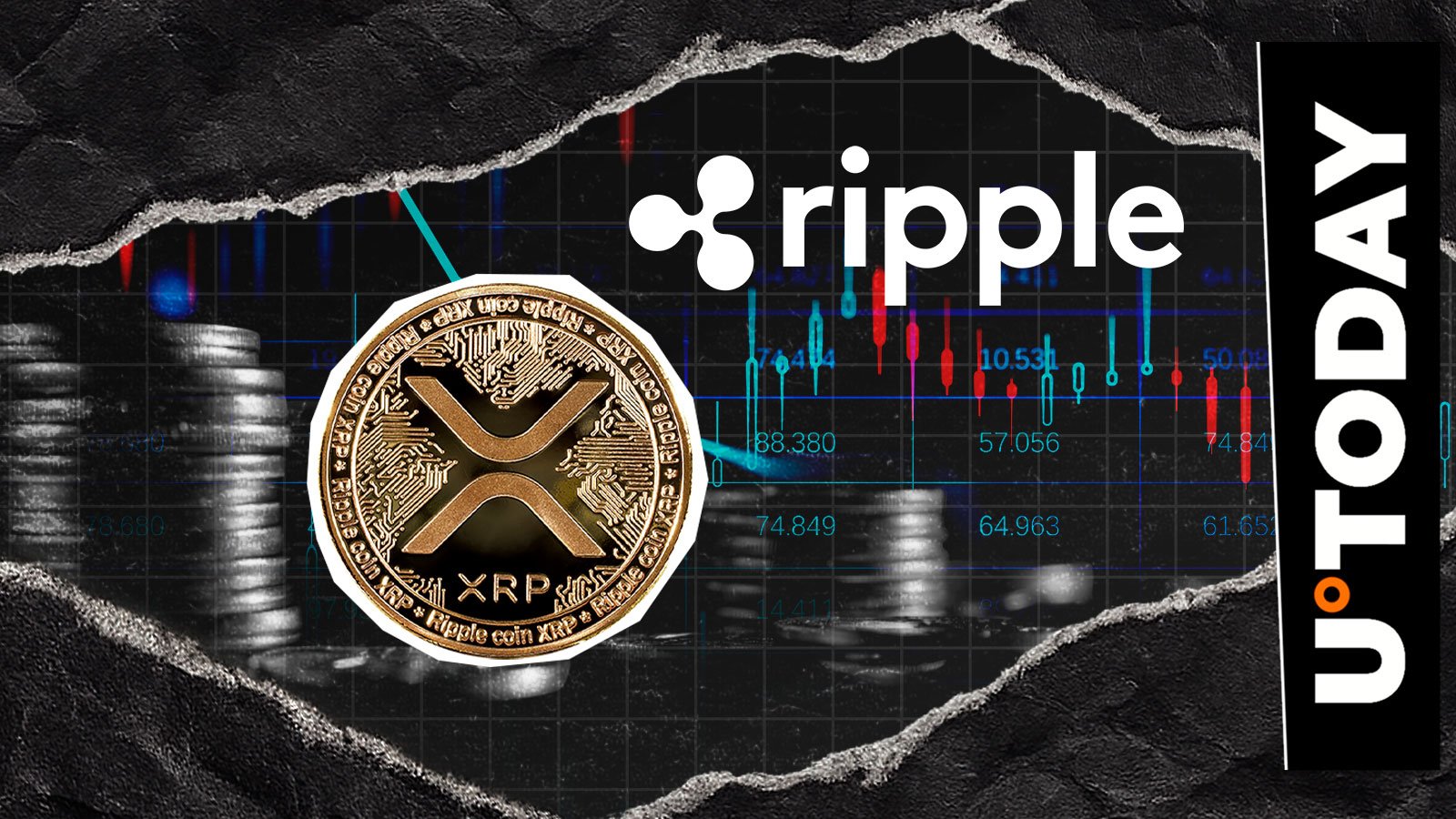The XRP community spent the weekend debating an age-old question: should the token and the ledger behind it be judged solely through the lens of Ripple? Is this co-dependency really the biggest advantage or the most dangerous weakness?
The discussion began with the idea that too many people measure success by Ripple’s deals, its billion-dollar acquisitions, and partnerships with financial giants, while ignoring the fact that a public ledger should stand on its own.
The reaction was immediate. Some noted that outside of Ripple, there is not much happening, with meme coins and NFTs crowding the space but not really bringing sustainable use cases. One response summed it up succinctly: more gambling does not equal survival.
Others pointed to the network’s structure, arguing that even if Ripple were to disappear, the XRPL would still process transactions because it is decentralized enough that no single entity can stop it.
Is XRP decentralized? The conversation then shifted to Ripple’s role. While Ripple runs multiple nodes for its own operations, it holds just one validator on the default list. This means the company’s technical role is smaller than critics assume, even if its brand dominance keeps everyone focused on it.
However, the underlying problem remains. There aren’t as many equally relevant players in the ecosystem, so attention naturally stays on Ripple by default. Attempts to build organic ecosystems feel thin in comparison.
Someone in the community pointed out that it is hard to generate real interest from outside parties. Until that changes, the idea of dependency on Ripple will not go away.
https://u.today/does-xrp-really-need-ripple-to-survive-community-argues




